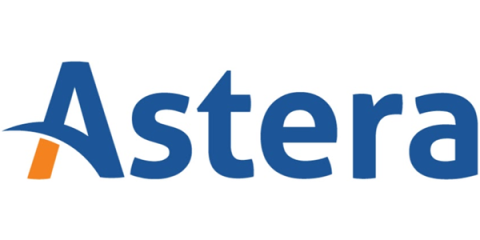6 Use Cases of Generative AI Applications for Document Extraction
Every device, transaction, and interaction in our digital world generates an endless stream of data. By 2025, the amount of global data is expected to reach a mind-boggling 180 zettabytes. So, how do we extract and make sense of this growing data? That’s exactly where generative AI proves its value. This blog explains generative AI applications for document extraction and how this technology helps cut through the noise and zero in on exactly what you need.










